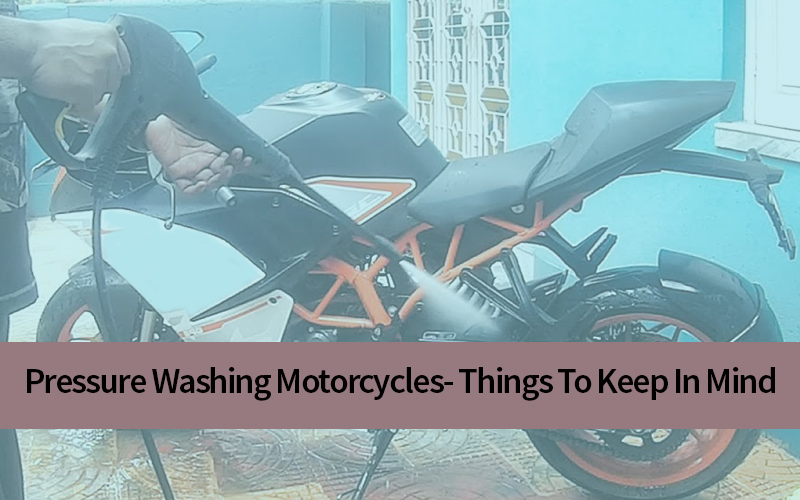Motorbikes are bound to get dirty while in use. Regardless of the type of transportation or sport you use your bike for, you should clean it to maintain its looks and durability. You can choose when and how to clean your bike, but you should do it adequately to save your time, the bike, and not ruin your biking schedule and experience. Pressure washing motorcycles can be tricky.
These tips can help you to clean your motorcycle with a pressure wash. They enhance your cleaning experience, make your work faster, and help you to accomplish your cleaning mission. You can save a lot of time and money (in the long run) when you follow the tips for a cleaner bike.
Follow these simple tips when you want to clean your motorcycle.
Table of Contents
1. Prepare for the Task
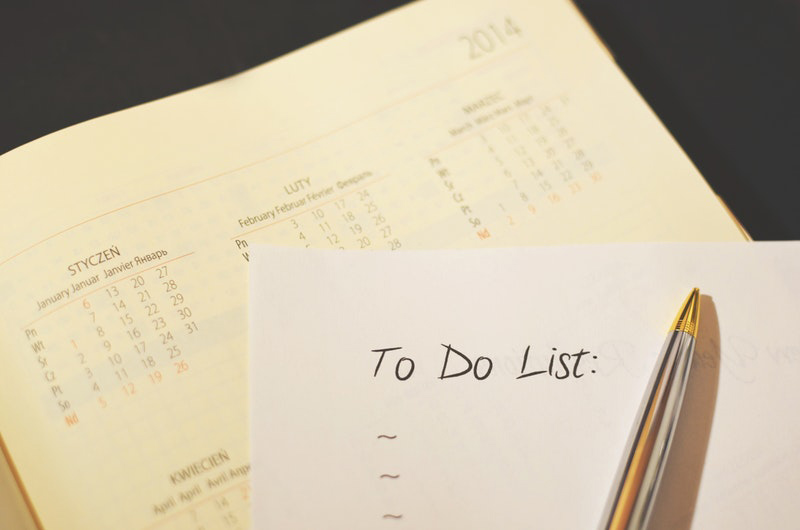
To accomplish a task, you should plan well for it. You can wake up and decide to do something and expect to attain the best results. When you know that you want to wash your motorbike, you should plan for a day, and, possibly, time that you will do the task. Put all your mind on the assignment so that you can do your best when the time comes.
Choosing a day to wash your motorcycle is vital to get rid of inconveniences and embarrassment. Going through your calendar or planner, you can figure out the best time for the task. You can choose the time when you know how long it will take you to finish washing. Be sure that you do not have prolonged activities to complete on the day.
2. Gather the Right Equipment
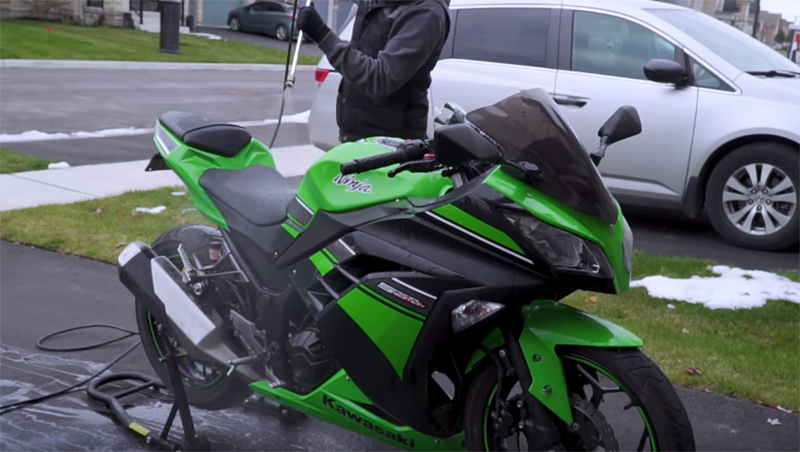
The type of pump you will use to clean your motorcycle is vital. Pressure washers come in various sizes and power – not to mention the brand and model. Because of the numerous uses, you cannot get any pump and say you are ready to clean your motorcycle. Be certain that you select the appropriate equipment.
The pressure the pump operates on, and the power system should help you identify the best fitting washer for your motorbike. The best pressure range is between 1500 and 2000 psi. Anything above this range is not suitable for cleaning motorcycles. Pressure more than 2000psi can rip off your bike’s paint. You would also want to consider electric-powered pumps instead of those that run on gas.
3. Avoid Washing Immediately After a Ride
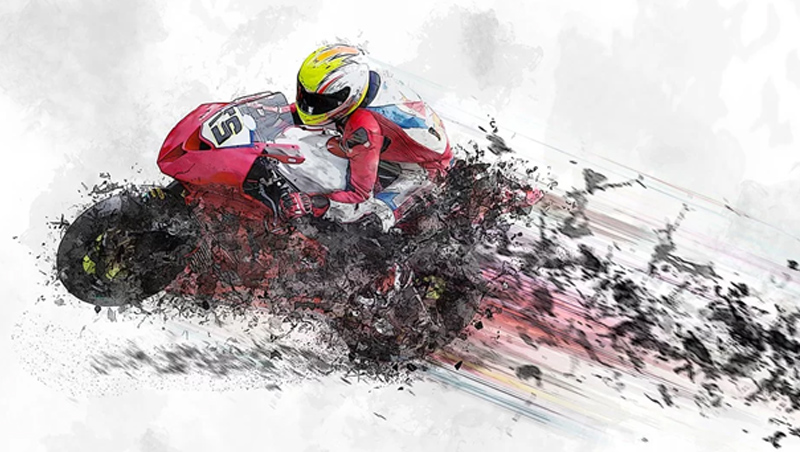
Are you in a hurry? Then you better avoid washing your motorbike. That is the reason we said that you should plan on the day and time you would carry out the cleaning. Washing your motorbike while it is hot can damage the engine. Among other motorcycle protection practices is to wash your motorcycle in the shade, or when the weather is cool.
Avoiding direct sunlight and heated engine washing can save your motorbike. When the weather is hot, the detergent can dry on the bike’s surface and make stains. Chemicals in water can also corrode the metal parts more when there is heat. The best recommendation is to use cold water with mild detergents when washing your bike – and do it in a cool environment. Have a Soft sponge and Brush Ready
4. Have a Soft Sponge and Brush Ready
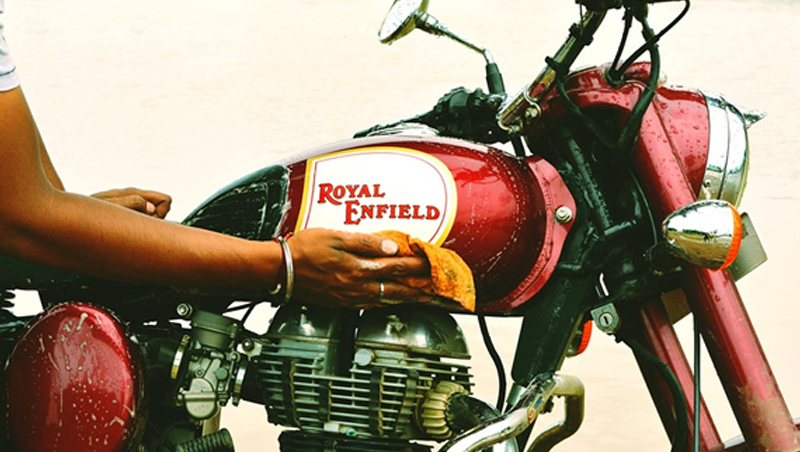
We must agree. You are not going to rely entirely on the pressure pump to clean the bike. Some of the bike sections may require extra attention to make the cleaning complete. Some delicate parts would not withstand the pressure, and you need to wash them gently.
A soft brush will help you to clean some of the areas where the pressure alone cannot get the grit off. Brush bristles can wash the dirt while a sponge would be useful on other parts. Sometimes, the sponge can give the bike a glossier look than washing with pressure. But, most importantly, it protects some areas from tear and wears from pressure, especially the painted parts.
5. Mind Your Distance
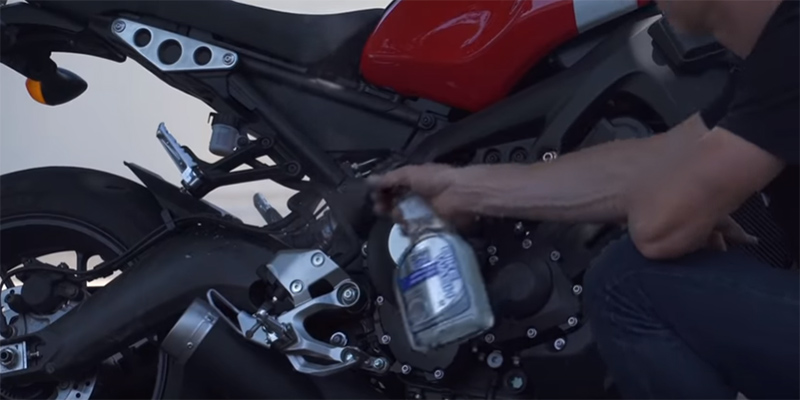
Do you know why many people opt for pressure washing their bikes instead of other options? The method is quicker in cleaning the motorcycle. However, there could be damages that it can bring when you are not careful. For instance, the risk of breaking delicate parts and causing scratches on the paint come because of using too much pressure on the bike.
The ideal distance for washing your bike (with a 1500 – 2000 psi pump) is three or four feet. Do not bring the nozzle of your pump closer to the bike when pressure washing. The bearings are especially delicate to pressure washing. Use your pump as though you are using a farm hose pipe. While washing the wheels, you can get closer.
6. Pay Attention to Detail
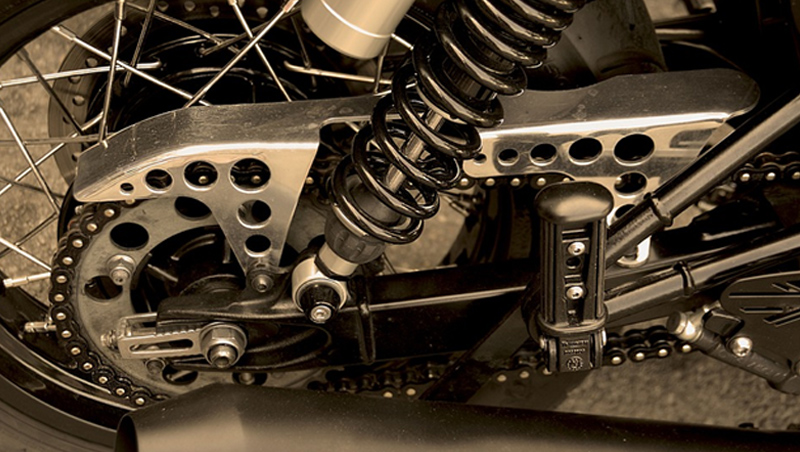
You do not need to attend a Concours to clean your bike to perfection. Cleaning your bike beyond the standard washing can help you get a long way with it. Instead of repeated washing, which leaves your bike with some unattended parts, you would want to shine it in the best way possible. When planning to clean your bike, prepare for a rigorous job, and you will be glad you attained the fruits of your patience and consistency.
After you are through with pressure washing, take your time to polish the bike with a smooth piece of cloth. This step ensures that no dust or dirt clings and dries on the surface of your motorcycle. But before that, you would want to check beneath the bike to ensure that you cleaned it well. No grease or grit should remain in contact with your bike’s metals because dirt can promote rusting.
Wipe the rims and spokes clean and dry, including the hubs. Wipe all the cables dry as well as you dry your bike. For hidden parts like the underside of the bike, you can use an air compressor to blow off the excess water and leave your bike to dry (but in the shade) before you start using it again.
Summing Up
Maintaining your bike is beneficial, and proper cleaning is one of the methods of accomplishing this. With the few tips you have learned in this article, you can clean your bike at home and use it for long. I guess now you understand why so many people do not use their motorcycles for long before they break down. Therefore, avoid taking your bike to the car wash if you want it to remain durable.
Note- This is a guest post article by Rebecca Smith.

